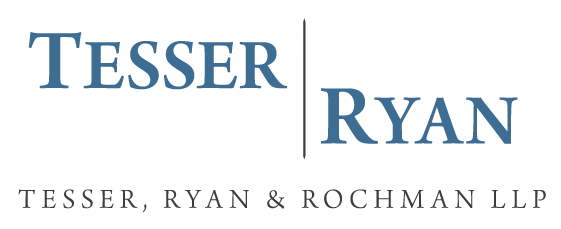What You Need to Know About Operating Agreements for Pass-Through Entities
The Trump Administration’s proposed tax bill, which features a 25% tax on pass-through income, has called public attention to pass-through entities. Limited liability companies are pass-through entities par excellence. They maintain the benefits of pass-through income while affording managerial and operational flexibility.
This flexibility is particularly valuable. Limited liability companies are accorded substantial freedom to determine their management structure and to alter each member’s (that is, owner’s) right to participate in management and to receive profit distributions.
The business and affairs of the LLC and the rights and responsibilities of the members are set forth in the LLC’s operating agreement. An operating agreement (OA) is analogous to a shareholder agreement for a corporation or a partnership agreement for a partnership.
This post will briefly discuss some important provisions in an operating agreement.
- Capital Contributions
A capital contribution is money (or anything of value) transferred to the LLC by a member in exchange for a membership (that is, ownership) interest in the LLC. The OA should clearly set forth the capital contributions, if any, made by each member. In addition, the OA must address whether the members will be required to make capital contributions in the future, how the amount of additional contributions will be determined and the consequences for a member’s failure to make an additional capital contribution.
- Allocations of Profits and Losses
Unlike a corporation, whose profits are generally allocated in accordance with share ownership, LLCs are free to allocate profits in any manner set forth in the OA. The OA should spell out how profits are to be allocated among the members, the procedure for determining whether profits are to be distributed or retained and the amount of the distribution, and should carefully define “profit,” “loss” as well as other relevant financial terms (e.g. “net cash flow”).
- Management
An LLC may be managed by its members or by third-party managers. Most often, LLCs are managed by a select group of members. A properly drafted OA will set forth,inter alia, the number of managers, the identity of the mangers, the procedure for electing, removing or replacing managers, as well as the powers and duties of the managers. Control over the day-to-day business and affairs of the LLC is usually committed to the mangers; other matters and transactions falling outside the ordinary course of business—such as whether to sell the LLC or to approve a new member—may require the consent of the non-manager members.
- Transfer of a Membership Interest
An OA should address known contingencies. One of the most important is a member’s future desire to sell his membership interest in the LLC to another member or a third party. The OA should set forth the procedure for transferring a membership interest, including which members’ consent shall be required, whether the remaining members will be granted a right of first refusal, the purchase price of the membership interest and the effect of a member’s attempted transfer in contravention of the OA. The OA should include actions or events resulting in an involuntary transfer of a membership interest, such as the bankruptcy, death or wrongful or illegal act of a member.
If you are own or are considering forming an LLC and would like the advice of experienced business counsel, please call Tesser, Ryan & Rochman, LLP at (212) 754-9000.
